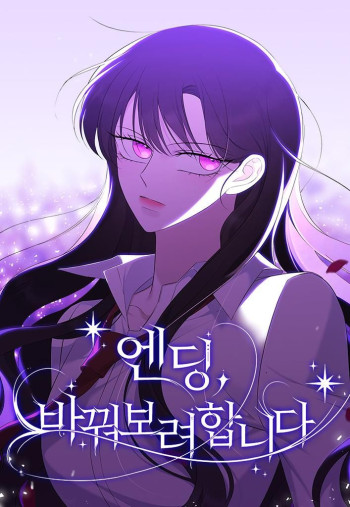'Castle of Bones' by M. Kato is a hauntingly beautiful tale that intertwines themes of love, sacrifice, and the supernatural, set against the backdrop of Japanese folklore. The story follows Nagisa, a young man who, spurred by a dare from his friends, embarks on a perilous journey to the infamous Hone-jo, a castle steeped in mystery and dread. The premise itself is captivating, drawing readers into a world where the line between reality and the supernatural blurs, and where the stakes are life and death.
The narrative begins with Nagisa's fateful decision to climb Mount Osore, a place known for its eerie atmosphere and the legends surrounding it. The castle, rumored to make people disappear, serves as a powerful symbol of fear and the unknown. M. Kato masterfully establishes a sense of foreboding from the outset, immersing readers in the chilling ambiance of Hone-jo. The castle is not merely a setting; it becomes a character in its own right, filled with secrets and shadows that echo the fears of those who dare to enter.
Upon entering the castle, Nagisa encounters the corpse-eating monster that haunts its halls, a creature that embodies the darkest aspects of human fear and desire. This encounter is pivotal, as it not only sets the stage for Nagisa's subsequent actions but also introduces Seiho, a man bound to the castle by a tragic deal with the monster. The relationship that develops between Nagisa and Seiho is at the heart of the story, showcasing a profound exploration of love that transcends the boundaries of life and death.
Seiho is a complex character, portrayed with depth and nuance. His existence within the castle is marked by despair and longing, and through Nagisa's eyes, we witness the emotional turmoil that comes with loving someone who is trapped in a seemingly inescapable fate. Kato's portrayal of their relationship is both tender and heartbreaking, as Nagisa grapples with the reality that his love for Seiho may ultimately lead to tragedy. The author skillfully navigates the intricacies of their bond, highlighting the themes of devotion and sacrifice that permeate the narrative.
As Nagisa becomes increasingly obsessed with saving Seiho, he seeks the help of the itako, shamans known for their ability to communicate with the dead. This quest for assistance adds another layer to the story, as it delves into the rich tapestry of Japanese spiritual beliefs and practices. The refusal of the itako to aid Nagisa serves as a poignant reminder of the limitations of human agency in the face of supernatural forces. It raises questions about fate, free will, and the lengths one is willing to go for love.
Kato's writing is evocative and immersive, painting vivid imagery that transports readers to the eerie landscapes of Mount Osore and the haunting corridors of Hone-jo. The prose is lyrical, often poetic, capturing the emotional weight of the characters' experiences. The pacing is well-balanced, allowing for moments of tension and reflection that keep readers engaged throughout the journey.
One of the standout aspects of 'Castle of Bones' is its exploration of the theme of freedom versus entrapment. Seiho's binding to the castle serves as a metaphor for the constraints that love can impose, as well as the sacrifices one must make for those they care about. Nagisa's determination to free Seiho from the monster's grasp is emblematic of the lengths to which individuals will go to protect their loved ones, even when faced with insurmountable odds.
The emotional depth of the story is further enhanced by the secondary characters, who add richness to the narrative. Nagisa's friends, though initially portrayed as mere daredevils, serve as a contrast to his profound love for Seiho, highlighting the varying degrees of commitment and understanding in relationships. Their interactions provide moments of levity amidst the darker themes, grounding the story in a relatable reality.
In comparison to other works within the genre, 'Castle of Bones' stands out for its unique blend of horror and romance. Readers who enjoyed works like 'The Night Circus' by Erin Morgenstern or 'The Bone Witch' by Rin Chupeco will find familiar echoes in Kato's narrative, particularly in the way it weaves together elements of magic, love, and the supernatural. However, Kato's focus on the emotional stakes of the characters elevates the story, making it a poignant exploration of the human condition.
Ultimately, 'Castle of Bones' is a compelling read that lingers long after the final page is turned. M. Kato has crafted a tale that is both haunting and heartwarming, exploring the depths of love and the shadows of despair. The story challenges readers to confront their own fears and desires, making it a resonant and impactful experience. For those seeking a narrative that combines the eerie with the emotional, this book is a must-read.
In conclusion, 'Castle of Bones' is a beautifully written exploration of love, sacrifice, and the supernatural, set against the rich backdrop of Japanese folklore. M. Kato's ability to create a vivid, immersive world filled with complex characters and emotional depth makes this novel a standout in contemporary literature. It is a story that will resonate with anyone who has ever loved deeply and faced the specter of loss.























Reviews 0
Post a Reviews: